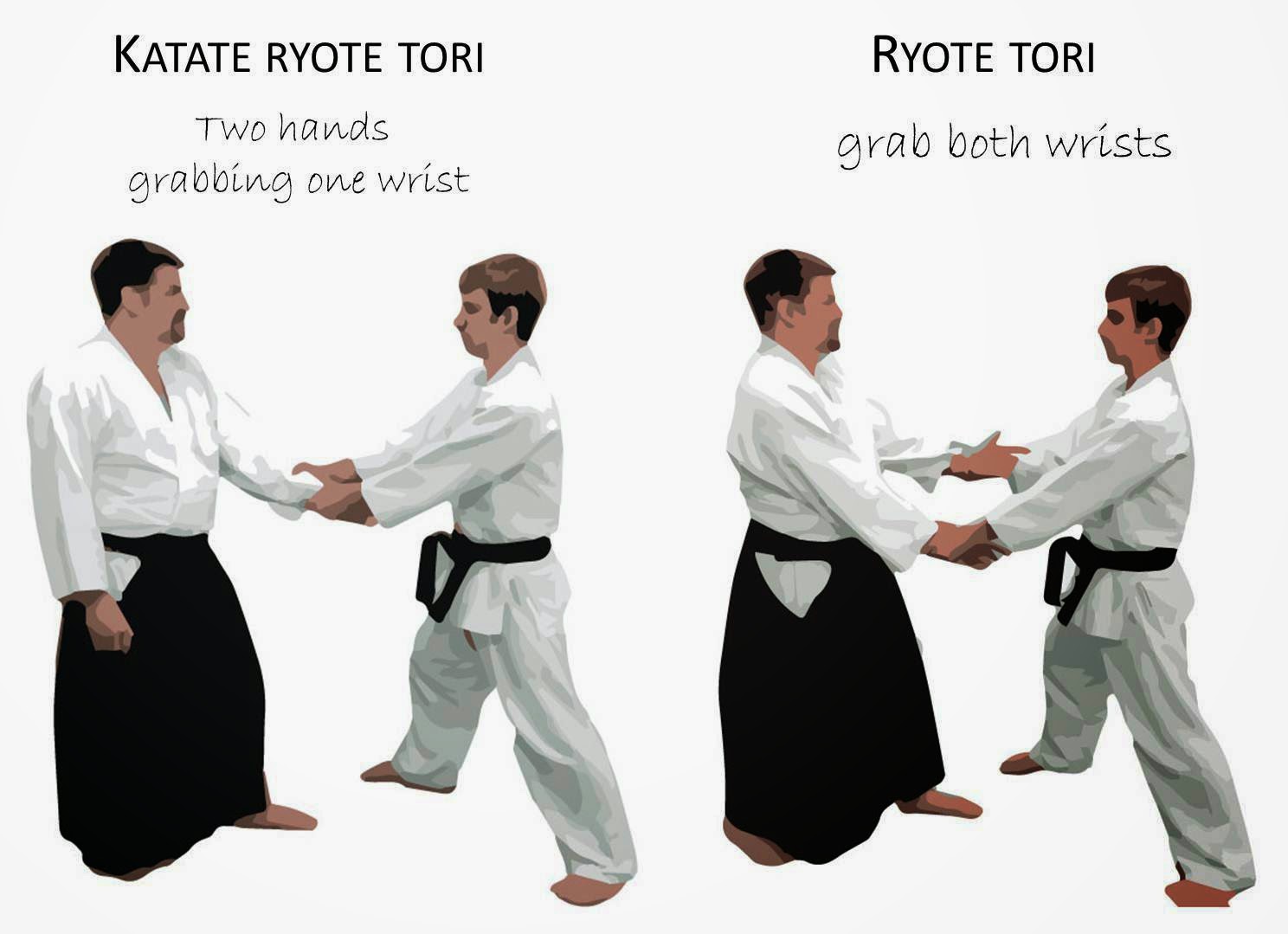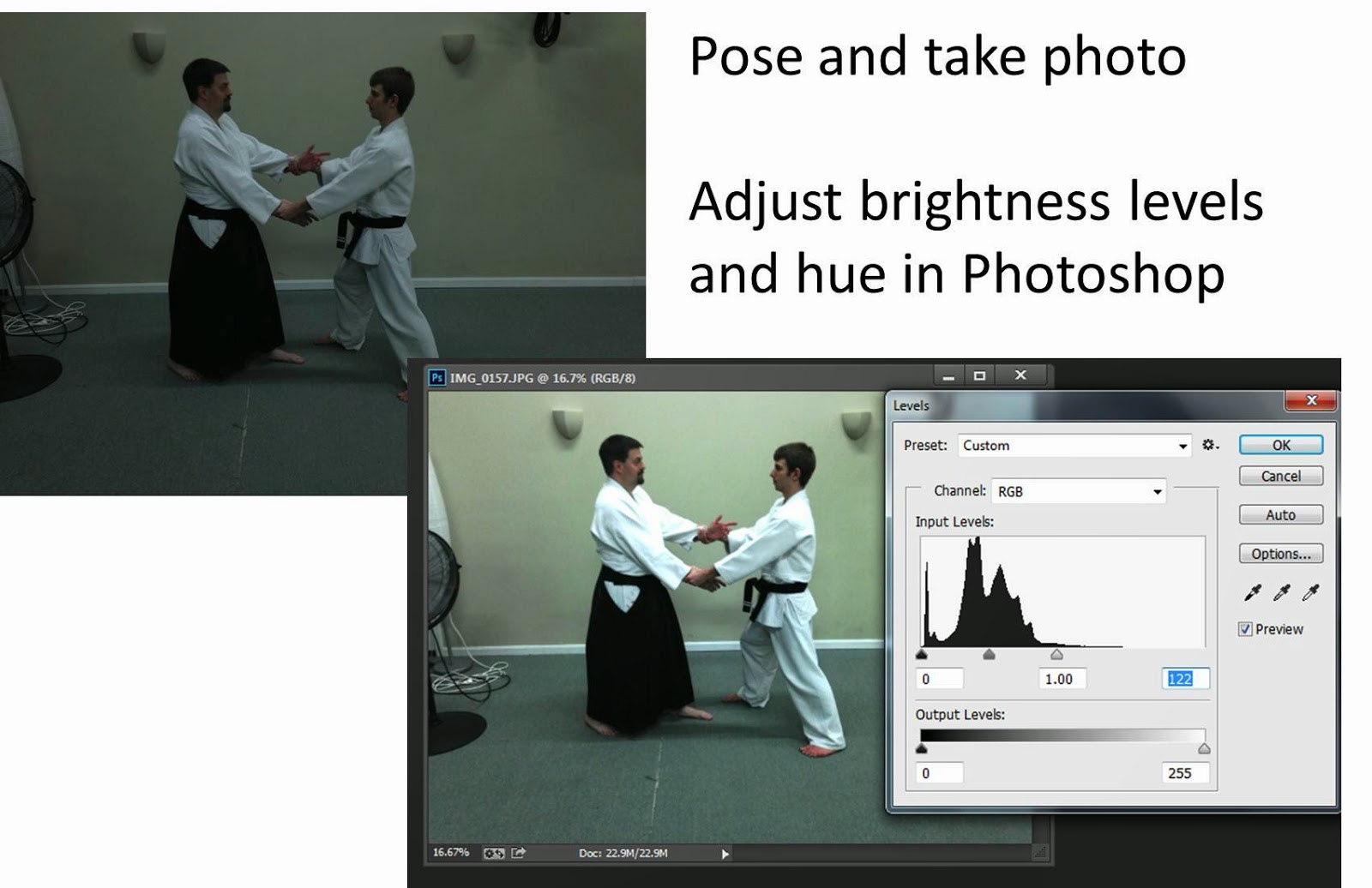 Gate of Ivrel by C.J. Cherryh
Gate of Ivrel by C.J. CherryhMy rating: 4 of 5 stars
Sword & Sorceress Adventure– Morgaine rivals Elric with her dragon blade
This reviews Gate of Ivrel, which I read as part of the The Morgaine Saga which was DAW’s 2000 omnibus of C.J. Cherryh Sword & Sorcery trilogy (1. Gate of Ivrel 1976; 2.Well of Shiuan 1978; 3. Fires of Azeroth 1979). There is a fourth book Exile's Gate written in 1988. Actually, this is my first C.J. Cherryh novel and I was impressed (Gate of Ivrel was her first published work, and it is quite good).
Morgaine is reminiscent of Michael Moorcock’s Elric, since she is a doomed hero, traveling through interstellar space with a dragon-cursed sword that sucks souls (Morgaine’s blade Changeling is almost kin to Elric’s Stormbringer). There are Sci-Fiction elements to this that are kept obscure enough that it reads as pure fantasy (everything scientific appears as magic).
Morgaine’s charge is to destroy alien Gates, which allow for travel between time and universes; for those who want to stay put, the “witchfires” of the Gates fuel sorcery and extended lives. We quickly learn that she was imprisoned hundreds of years before the start of the story as she lost an epic battle with the evil magician Thiye. He apparently still lives (via said sorcery):
"...Carcasses were found near [the Gate of Ivrel], things impossible, abortions of Thiye’s art, some almost formless and baneful to the touch, and others of forms so fantastical that none would imagine what aspect the living beast had had."
Strangely Thiye does not emerge for most of this novel. Instead there are compelling "new" threats from a host of others (some in relation to Vanye), and the book is full of magical clashes in which Changeling obliterates souls! It may be "her" saga, but book one introduces her through her male companion Vanye, an outcast bastard prince. The story arc for Book 1 belongs to him. Vanye becomes her servant after he releases her from a magical prison, and so the two enter an uneasy pairing. They make a good team, but trust comes slowly as Vanye enables Morgaine to confront those supporting the Gate:
"Morgaine was supremely beautiful …when he saw her in that hall, her pale head like a blaze of sun in that darkness, her slim form elegant in tgihio and bearing the dragon blade with the grace of one who could truly use it, an odd vision came to him: he saw like a fever-dream a nest of corruption with one gliding serpent among the scuttling lesser creatures—more evil than they, more deadly, and infinitely beautiful, reared up among hem and hypnotizing with basilisk eyes, death dreaming death and smiling.”
Great stuff. I expect the rest of the trilogy to flesh-out Morgaine’s character (otherwise it should be renamed Vanye’s saga). The ending was fine, but I was left questioning the direction a bit (I’ll hide that in a spoiler twistee on Goodreads.com (link).
View all my reviews


















